The Must-See Natural Hotspots In Southern Africa

Southern Africa boasts some of the most spectacular natural wonders on our planet. From thundering waterfalls to vast deserts and incredible wildlife sanctuaries, this region offers unforgettable adventures for nature lovers.
I’ve explored many of these breathtaking locations and compiled my top picks that showcase the incredible diversity of landscapes and ecosystems across southern Africa.
1. Victoria Falls: The Smoke That Thunders
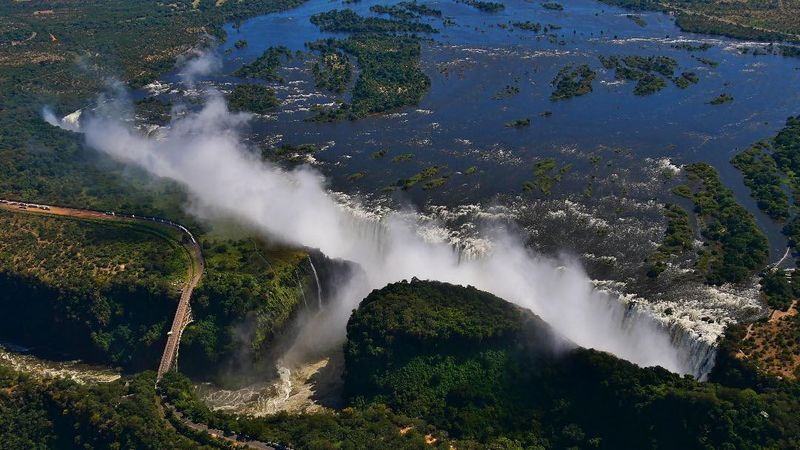
Standing at the edge of Victoria Falls, I felt the ground rumble beneath my feet as millions of gallons of water plunged into the gorge below. The local name ‘Mosi-oa-Tunya’ perfectly captures this marvel – it truly is ‘the smoke that thunders’!
During the wet season, the spray can rise nearly 1,300 feet and be seen from miles away. You’ll want to bring a waterproof camera and prepare to get soaked on the Knife-Edge Bridge.
For the ultimate view, try a helicopter flight over this UNESCO World Heritage Site that straddles the border between Zambia and Zimbabwe.
2. Okavango Delta: Africa’s Emerald Oasis

Gliding through crystal-clear channels in a traditional mokoro canoe, I watched elephants wade across the water as fish eagles soared overhead. The Okavango Delta transforms Botswana’s parched Kalahari into a lush paradise when floodwaters arrive each year.
Unlike typical deltas, this one never reaches the sea – instead creating a 15,000 square kilometer wetland maze teeming with wildlife. Hippos grunt from hidden pools while rare sitatunga antelope peek from papyrus reeds.
For the best experience, visit between June and August when water levels are highest and animals concentrate around the channels.
3. Namib Desert: Ancient Sands of Time
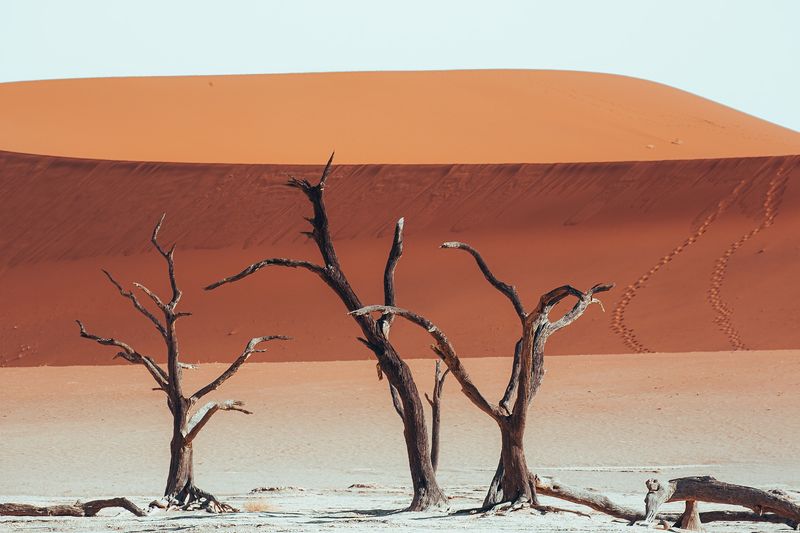
Climbing the towering red dune called ‘Big Daddy’ at dawn, my footsteps disappeared behind me as the sand shifted in the morning breeze. The Namib is believed to be the world’s oldest desert, with some areas remaining dry for 55 million years!
At Sossusvlei, dead camel thorn trees stand frozen in time against orange dunes and blue skies, creating a photographer’s dream landscape. The contrast between the harsh environment and the surprising adaptations of desert-dwelling creatures is fascinating.
Did you know the Namib’s unique fog-harvesting beetles can collect water droplets on their backs from the coastal mists?
4. Kruger National Park: Wildlife Paradise
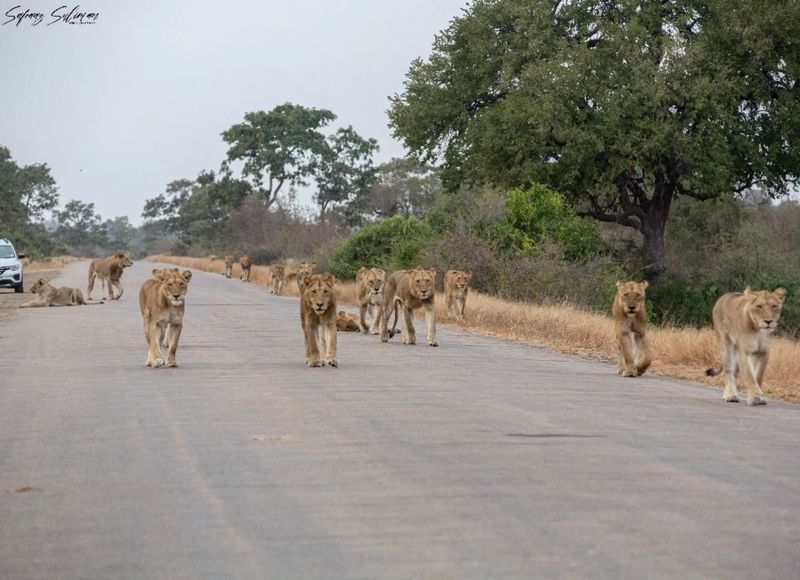
My heart raced as we rounded a corner to find a pride of lions lounging beside our safari vehicle, seemingly unbothered by our presence. Kruger National Park represents African wildlife conservation at its finest, spanning nearly 2 million hectares across South Africa.
Home to the Big Five (lion, leopard, rhino, elephant, and buffalo) plus over 500 bird species, this vast wilderness offers self-drive adventures unlike anywhere else. The ancient baobab trees and diverse landscapes from grasslands to forests make every drive unpredictable.
Early mornings reveal the most activity – I’ve watched wild dogs hunt at dawn and leopards dragging prey into trees.
5. Table Mountain: Cape Town’s Crown Jewel
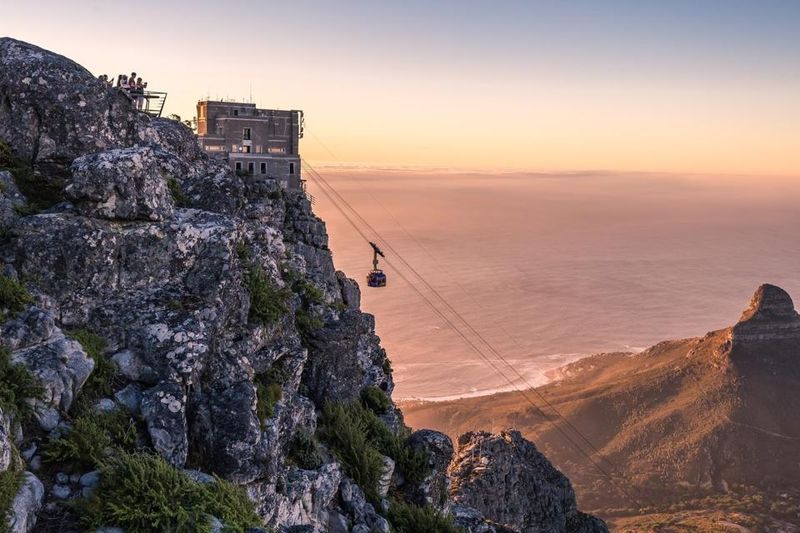
If you’ve ever wondered what standing on top of a natural wonder feels like, Table Mountain delivers that experience in spades. The flat-topped mountain looms over Cape Town, creating one of the most recognizable skylines in the world.
Hiking up Platteklip Gorge gives you a challenging but rewarding journey, though the cable car offers spectacular rotating views for those preferring an easier ascent. The mountain hosts over 1,500 plant species, many found nowhere else on Earth.
Weather changes rapidly here – locals say the mountain wears a ‘tablecloth’ when clouds roll in, so check conditions before your visit!
6. Bazaruto Archipelago: Mozambique’s Island Paradise
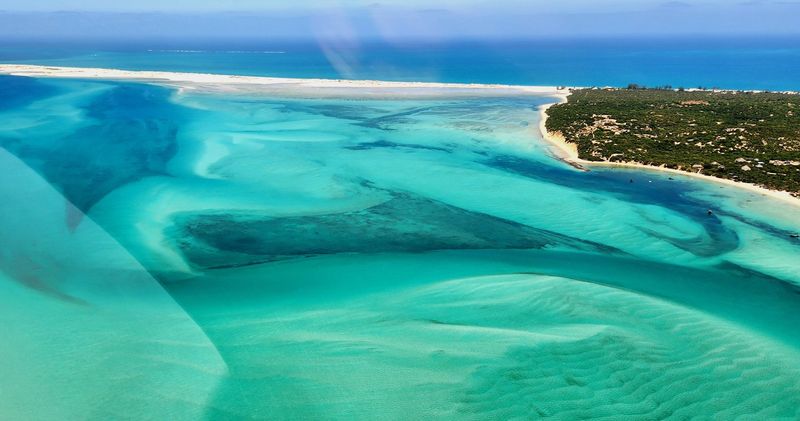
Wading into the warm, crystal-clear waters of the Bazaruto Archipelago, I spotted colorful fish darting between my feet without needing to snorkel. These pristine islands off Mozambique’s coast feature some of Africa’s most unspoiled beaches and marine ecosystems.
Massive sand dunes rise dramatically from turquoise waters where dugongs (sea cows) graze on seagrass meadows. The protected marine park encompasses five main islands, each with its own character and charm.
Snorkeling Two Mile Reef reveals an underwater wonderland of coral formations and tropical fish that rivals the Great Barrier Reef but with far fewer visitors.
7. Fish River Canyon: Namibia’s Grand Gorge
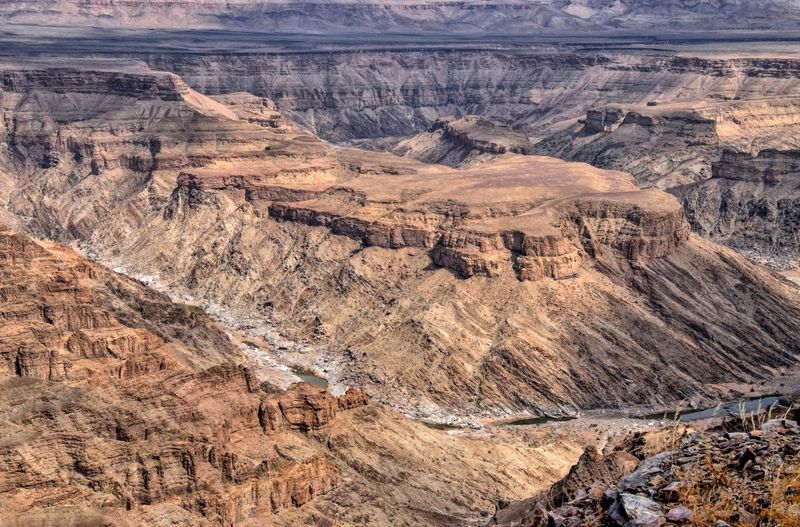
Gazing across the vast expanse of Fish River Canyon at sunset, the changing colors painted the ancient rock formations in hues of gold, amber, and purple. As Africa’s largest canyon and the second largest in the world after the Grand Canyon, this geological wonder stretches approximately 160 km long.
Formed over 500 million years ago, the canyon walls drop dramatically 550 meters to the winding river below. Hardy desert plants cling to seemingly impossible crevices in the rock face.
The multi-day hiking trail ranks among the continent’s most challenging and rewarding treks, with natural hot springs at Ai-Ais providing the perfect post-hike reward.
8. Drakensberg Mountains: South Africa’s Dragon Peaks
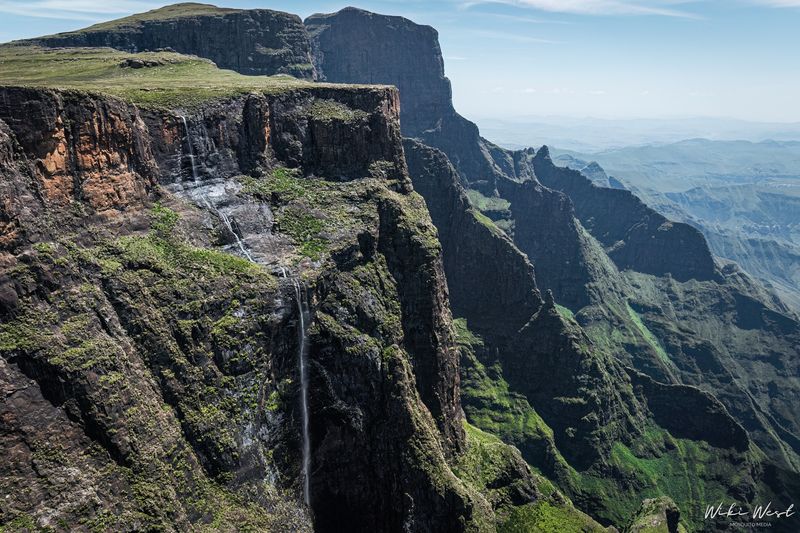
Mist clung to the jagged peaks as I hiked through the Drakensberg, where ancient San rock art decorates hidden caves and waterfalls cascade down verdant cliffs. The name means ‘Dragon Mountains’ in Afrikaans, perfectly capturing their imposing, mythical quality.
These mountains form a natural amphitheater along the border between South Africa and Lesotho, with the highest points reaching over 3,400 meters. Wildflowers carpet the valleys in spring while snow sometimes dusts the peaks in winter.
The Amphitheatre cliff face and Tugela Falls (the world’s second-highest waterfall) showcase nature’s architectural genius. Keep an eye out for rare bearded vultures soaring on thermal currents!
9. Chobe National Park: Elephant Kingdom
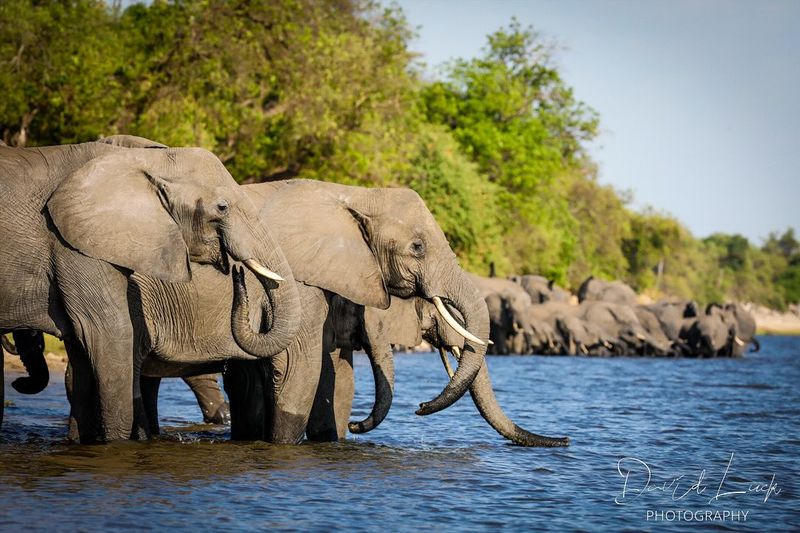
My boat drifted silently along the Chobe River as hundreds of elephants gathered at the water’s edge, splashing and playing in family groups. Botswana’s first national park hosts the world’s largest elephant population – estimated at over 120,000 magnificent beasts.
During dry season, the riverfront becomes a wildlife spectacle as buffalo herds numbering in the thousands join zebras, giraffes and predators. The sunsets here are legendary, with elephants silhouetted against orange skies reflected in still waters.
Four distinct ecosystems within the park create diverse habitats, from floodplains to mopane woodland. Both land and water safaris offer completely different but equally amazing wildlife viewing opportunities.
10. Makgadikgadi Pans: Surreal Salt Flats
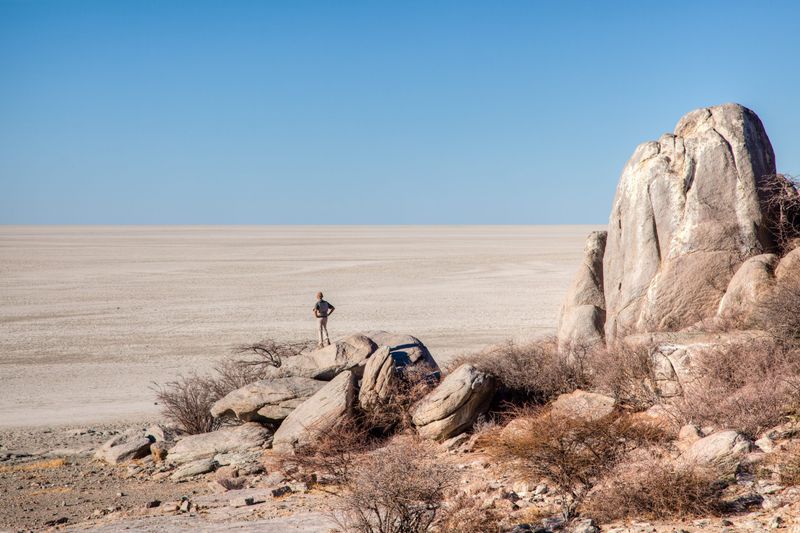
Walking across the Makgadikgadi Pans feels like stepping onto another planet – a vast white nothingness stretches to the horizon, creating mind-bending optical illusions. Once part of an ancient superlake, these Botswanan salt flats cover an area larger than Switzerland.
During rainy season, shallow water transforms the pans into a flamingo breeding ground, attracting tens of thousands of the pink birds. In contrast, the dry season reveals cracked, hexagonal salt patterns extending seemingly forever.
Sleeping under the stars here offers the clearest night sky imaginable, with nothing but salt and silence surrounding you. The annual zebra migration across these pans ranks among Africa’s least-known but most spectacular wildlife events.
